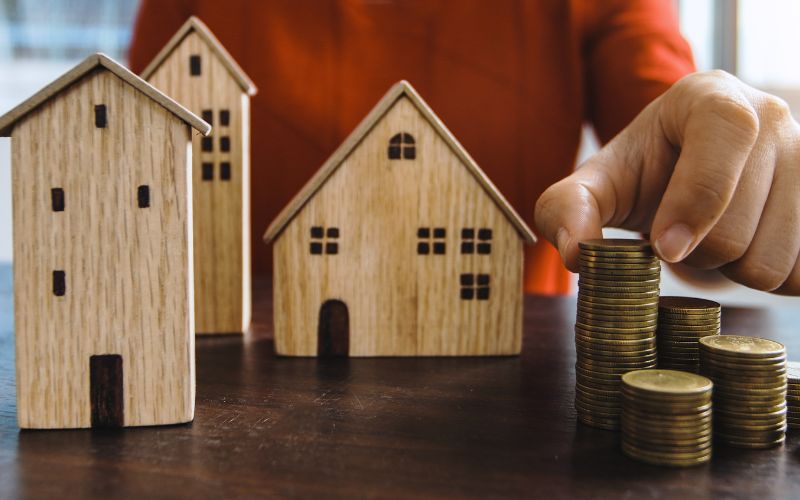
A new analysis from Domain found that mortgage rates did not have a long-term impact on house prices over the past three decades.
Domain analysed 30 years of data to find the long-term relationship between house prices and mortgage rates. Based on the findings, a 100bps increase in mortgage rates could result in house prices declining by 1.34% on average. Meanwhile, a 1% population increase could result in an 8.18% increase in house prices.
The charts below show the difference between the impacts of rate hikes and population increase on house prices:
Domain chief of research and economics Dr Nicola Powell said while mortgage rates play a big role in determining the borrowing capacity of buyers, they do not have much of an impact on house prices in the longer-term.
“It’s important to remember that multiple factors influence the market from house-price fluctuations and population patterns to income growth, tax regimes and even lifestyle preferences,” she said.
In the current cycle, for instance, property prices remain substantially higher than before the pandemic property boom despite the recent declines.
In fact, houses across the combined capitals still have high prices that are $204,000 higher than the mid-2020 trough.
The article continues here.
Advertisement
Buying a home or looking to refinance? The table below features home loans with some of the lowest interest rates on the market for owner occupiers.
| Lender | Home Loan | Interest Rate | Comparison Rate* | Monthly Repayment | Repayment type | Rate Type | Offset | Redraw | Ongoing Fees | Upfront Fees | Max LVR | Lump Sum Repayment | Extra Repayments | Split Loan Option | Tags | Features | Link | Compare | Promoted Product | Disclosure |
|---|---|---|---|---|---|---|---|---|---|---|---|---|---|---|---|---|---|---|---|---|
5.29% p.a. | 5.33% p.a. | $2,773 | Principal & Interest | Variable | $0 | $530 | 90% |
| Promoted | Disclosure | ||||||||||
5.19% p.a. | 5.10% p.a. | $2,742 | Principal & Interest | Variable | $0 | $0 | 80% |
| Disclosure | |||||||||||
5.39% p.a. | 5.43% p.a. | $2,805 | Principal & Interest | Variable | $0 | $530 | 90% |
| Promoted | Disclosure |
Mortgage rates affect higher-value markets
This impact of rate increases on house prices is substantially more apparent in higher-value property markets such as New South Wales and Queensland. It is also more acute in capital cities than in regional areas.
The resulting fall in house prices due to a 100bps increase in mortgage rates was the highest in Brisbane and Sydney, which posted declines of 2.45% and 1.96%, respectively. Given that these two cities are relatively higher-value, small changes in mortgage rates could result in substantial changes in mortgage repayments and affordability.
Interestingly, Melbourne appears to be an anomaly — despite being a high-value market, the impact of mortgage rates in the Victorian capital was almost half that of Sydney.
This could be explained by population growth, which, according to Domain’s analysis, has a more substantial and a longer-term impact on house prices compared to mortgage rates.
According to Domain, Melbourne has experienced the most rapid population growth rate historically — it was even set to become Australia’s largest city in terms of population by 2031-32, according to Centre for Population.
And while the pandemic spurred negative demographic shifts in Melbourne, it still made a quick recovery.
“Our analysis is based on past data, so while we can assume that future house price fluctuations because of mortgage rate changes will be similar to our estimates, there are a lot of other factors to consider,” Dr Powell said.
“Let’s keep our eyes on population growth as overseas migration has made a sharp positive turn and will continue to be a hot topic into 2024.”
-
Photo by @khwanchai-phanthongs-images on Canva
Collections: Mortgage News Interest Rates





Share